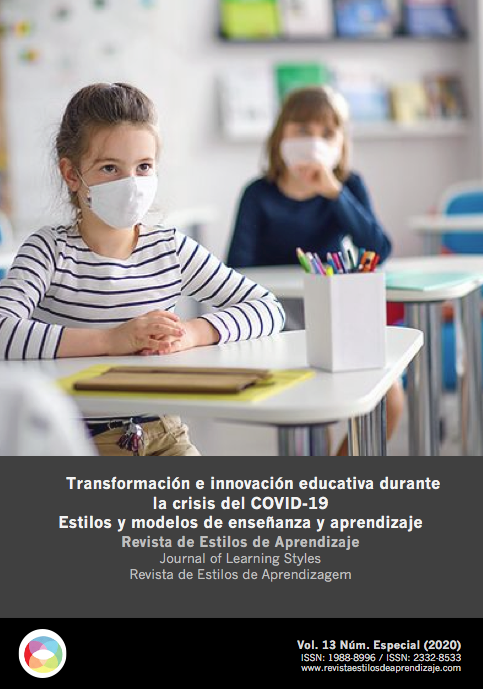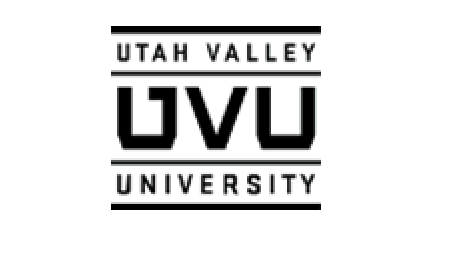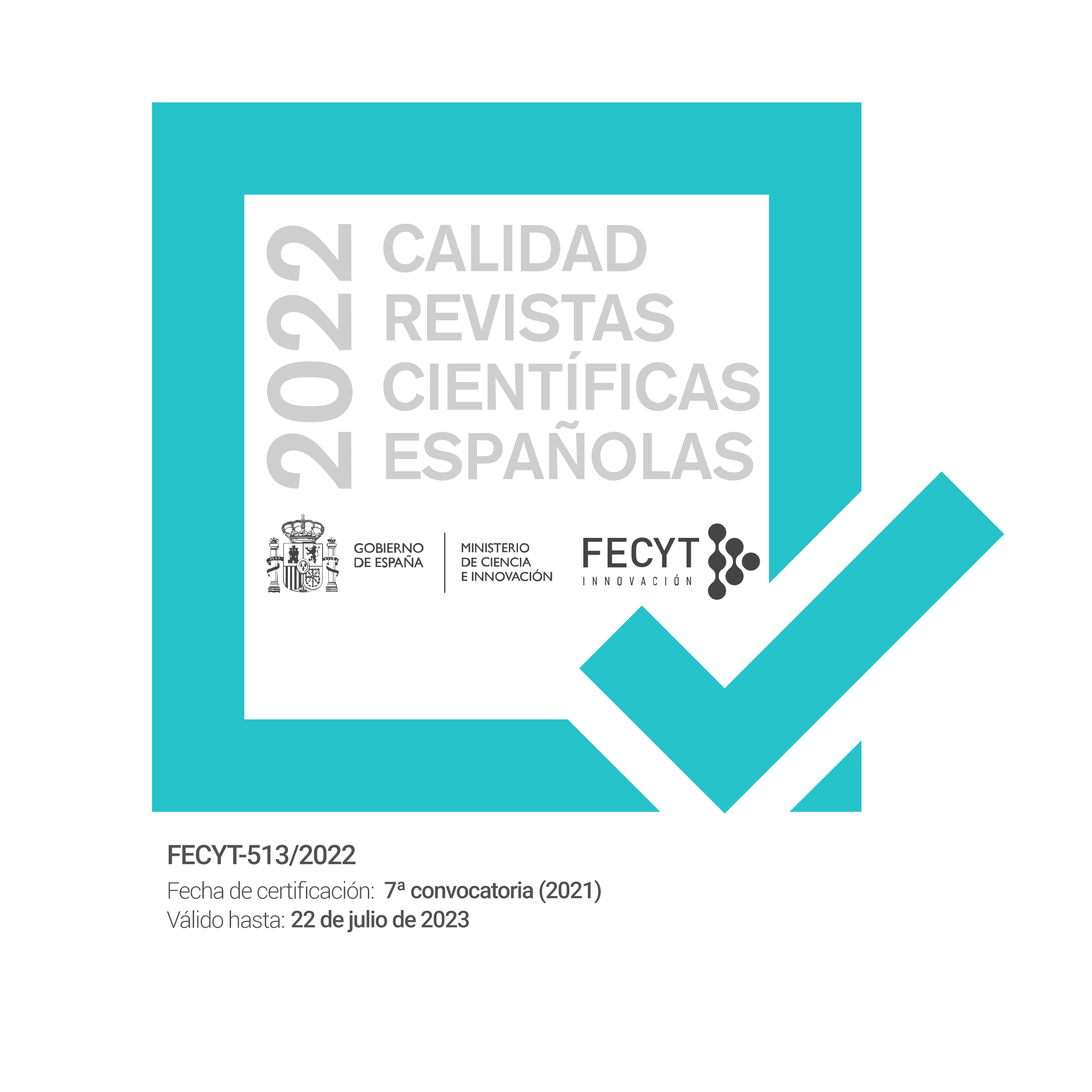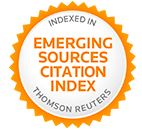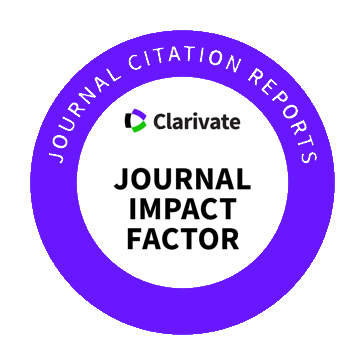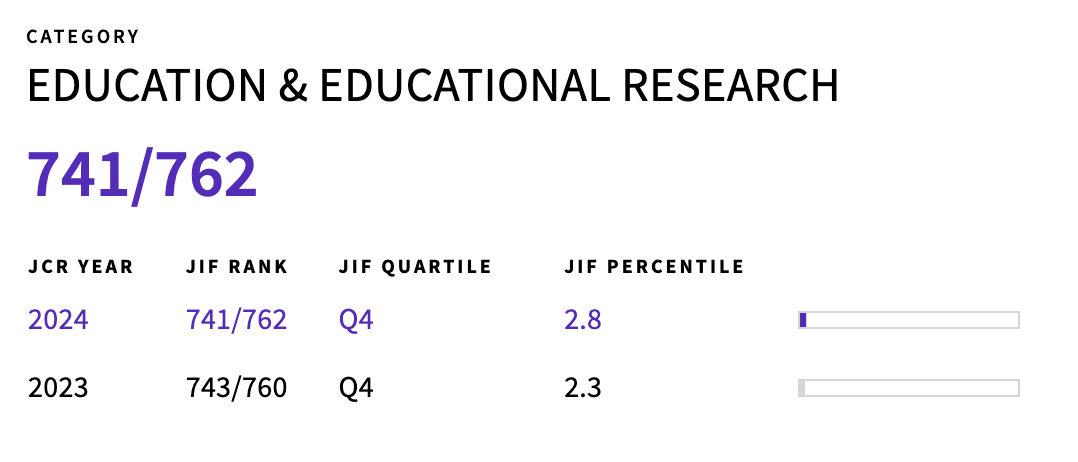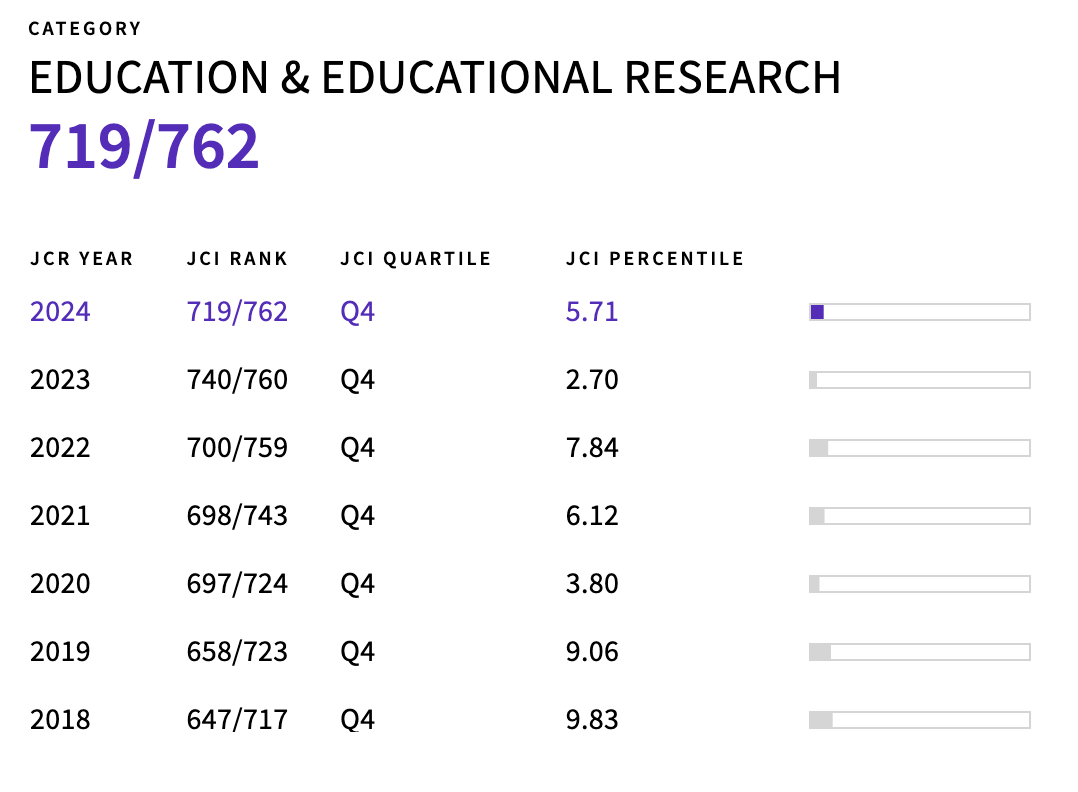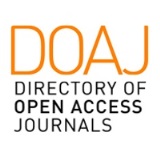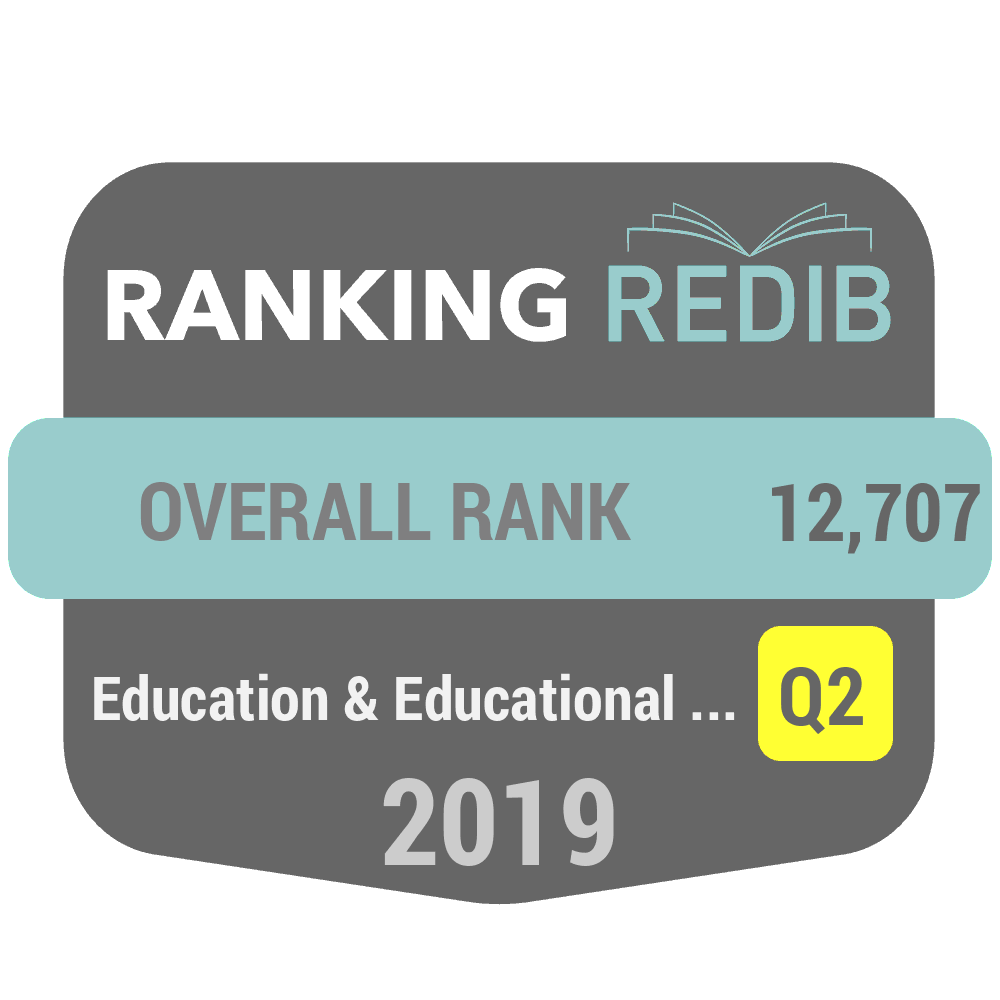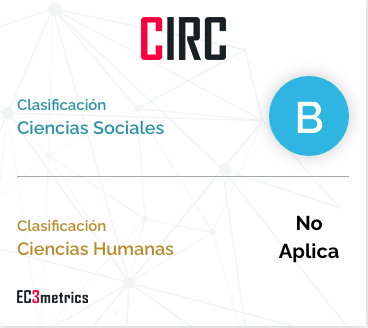COVID-19 Literacy through Social Media
DOI:
https://doi.org/10.55777/rea.v13iEspecial.2166Keywords:
Alfabetização, Health and safety education, Higher Education, Educational evaluation, Information and communication technologiesAbstract
The social objective of universities propels them to implement health literacy strategies for their members and the society. This educational objective became indispensable during the COVID-19 pandemic; when in a precipitous pace, universities had the need and the opportunity of transferring medical information, promoting prevention practices and counseling on health issues. The research objective is to assess the health literacy levels among students, teachers and administrative personnel from a public university in Mexico; specifically, regarding the relevance, sufficiency and quality of the information on COVID-19 that the same university socialized among the educational community through official social networks during phases 1 and 2 of pandemic alert.A random sample of 442participants answered a simplified and adapted version of the HLS-EU-Q16 questionnaire in Spanish. The results indicated that only 20% of the populations of the three groups analyzed had sufficient literacy in COVID-19 and the most popular social network among these groups was YouTube.
Downloads
References
Abel, T., y McQueen, D. (2020). Critical health literacy and the COVID-19 crisis. Health Promotion International. doi: 10.1093/heapro/daaa040
Aparicio-Martinez, P., Perea-Moreno, A. J., Martinez-Jimenez, M. P., Redel-Macías, M. D., Vaquero-Abellan, M., y Pagliari, C. (2019). A Bibliometric Analysis of the Health Field Regarding Social Networks and Young People. International Journal of Environmental Research and Public Health, 16(20), 4024. doi: 10.3390/ijerph16204024
Asociación de Internet MX. (2018). 14° Estudio sobre los Hábitos de los Usuarios de Internet en México 2018. Recuperado de www.bit.ly/30yBkVn
Burnett, C., y Merchant, G. (2019). Revisiting Critical Literacy in the Digital Age. The Reading Teacher, 73(3), 263-266. doi: 10.1002/trtr.1858
Carducci, A., Fiore, M., Azara, A., Bonaccorsi, G., Bortoletto, M., Caggiano, G., y Ferrante, M. (2019). Environment and health: Risk perception and its determinants among Italian university students. Science of The Total Environment, 691, 1162-1172. doi: 10.1016/j.scitotenv.2019.07.201
Castro-Romero, O. (2015). Social media al a learning tool in higher education: the case of Mexico and South Korea. Sinéctica, (43), 16. Recuperado de www.bit.ly/3jvzdJz
de la Garza Carranza, M. T., Guzmán Soria, E., López Lemus, J. A., y Soto Hernández, V. S. (2019). Engagement of Mexican Millennials at Work in Relation to their Expectations. International Business Research, 12(8), 71. doi: 10.5539/ibr.v12n8p71
Delgado, S., y Fernández, M. (2018). Analysis of the Implementation of Ict in Secondary Education. Current Technological Trends. Revista de Estilos de Aprendizaje, 11(22), 109-136. Recuperado de www.bit.ly/2GFGfww
Depoux, A., Martin, S., Karafillakis, E., Preet, R., Wilder-Smith, A., y Larson, H. (2020). The pandemic of social media panic travels faster than the COVID-19 outbreak. Journal of Travel Medicine. doi: 10.1093/jtm/taaa031
Dettmer González, J. (2019). Social Network Analysis (SNA): State of the art of the Mexican case. Espacio Abierto. Cuaderno Venezolano de Sociología, 28(3), 5-14. Recuperado de www.bit.ly/3nh16qX
Erfani, S. S., y Abedin, B. (2018). Impacts of the use of social network sites on users’ psychological well-being: A systematic review. Journal of the Association for Information Science and Technology, 69(7), 900-912. doi: 10.1002/asi.24015
González-Zamar, M.-D., Ortiz Jiménez, L., Sánchez Ayala, A., y Abad-Segura, E. (2020). The Impact of the University Classroom on Managing the Socio-Educational Well-being: A Global Study. International Journal of Environmental Research and Public Health, 17(3), 931. doi: 10.3390/ijerph17030931
iab México. (2018). Estudio de Consumo de Medios y Dispositivos 2018. Corte Salud 1a Edición. Ciudad de México. Recuperado de www.bit.ly/3jpZb0W
iab México. (2019). Estudio de consumo de medios y dispositivos entre internautas mexicanos. Ciudad de México. Recuperado de www.bit.ly/3cVdmsz
Ickes, M. J., y Cottrell, R. (2010). Health Literacy in College Students. Journal of American College Health, 58(5), 491-498. doi: 10.1080/07448481003599104
INEGI. (2020). Comunicado de prensa núm. 103/20. Recuperado de www.bit.ly/3ninT5G
Juvinyà-Canal, D., Bertran-Noguer, C., y Suñer-Soler, R. (2018). Alfabetización para la salud, más que información. Gaceta Sanitaria, 32(1), 8-10. doi: 10.1016/j.gaceta.2017.07.005
Lazcano-Ponce, E., y Alpuche-Aranda, C. (2020). Alfabetización en salud pública ante la emergencia de la pandemia por Covid-19. Salud Pública de México. doi: 10.21149/11408
Levin-Zamir, D., Baron-Epel, O. B., Cohen, V., y Elhayany, A. (2016). The Association of Health Literacy with Health Behavior, Socioeconomic Indicators, and Self-Assessed Health From a National Adult Survey in Israel. Journal of Health Communication, 21(sup2), 61-68. doi: 10.1080/10810730.2016.1207115
Lin, W.-Y., Zhang, X., y Cao, B. (2018). How Do New Media Influence Youths’ Health Literacy? Exploring the Effects of Media Channel and Content on Safer Sex Literacy. International Journal of Sexual Health, 30(4), 354-365. doi: 10.1080/19317611.2018.1509921
Lorini, C., Lastrucci, V., Mantwill, S., Vettori, V., Bonaccorsi, G., & Florence Health Literacy Research Group. (2019). Measuring health literacy in Italy: the validation study of the HLS-EU-Q16 and of the HLS-EU-Q6 in Italian language. Annali dell'Istituto superiore di sanita, 55(1), 10-18. Recuperado de www.bit.ly/3nffWOP
Martínez-Riera, J. R., Gallardo Pino, C., Aguiló Pons, A., Granados Mendoza, M. C., López-Gómez, J., y Arroyo Acevedo, H. V. (2018). La universidad como comunidad: universidades promotoras de salud. Informe SESPAS 2018. Gaceta Sanitaria, 32, 86-91. doi: 10.1016/j.gaceta.2018.08.002
Nolasco, A., Barona, C., Tamayo-Fonseca, N., Irles, M. Á., Más, R., Tuells, J., y Pereyra-Zamora, P. (2018). Alfabetización en salud: propiedades psicométricas del cuestionario HLS-EU-Q16. Gaceta Sanitaria. doi: 10.1016/j.gaceta.2018.08.006
Nolasco, A., Barona, C., Tamayo-Fonseca, N., Irles, M. Á., Más, R., Tuells, J., y Pereyra-Zamora, P. (2020). Alfabetización en salud: propiedades psicométricas del cuestionario HLS-EU-Q16. Gaceta Sanitaria, 34(4), 399-402. doi: 10.1016/j.gaceta.2018.08.006
OMS. (1998). Promoción de la Salud. Glosario. Ginebra. Recuperado de www.bit.ly/2GrZ8DF
OMS. (2020). WHO Timeline - COVID-19. Recuperado de www.bit.ly/36w91ef
Paakkari, L., y Okan, O. (2020). COVID-19: health literacy is an underestimated problem. The Lancet Public Health, 5(5), e249-e250. doi: 10.1016/S2468-2667(20)30086-4
Palma-Ruiz, J. M., González-Moreno, S. E., y Cortés-Montalvo, J. A. (2019). Sistemas de gestión del aprendizaje en dispositivos móviles: evidencia de aceptación en una universidad pública de México. Innovación educativa, 19(79), 35-56. Recuperado de www.bit.ly/2GxL0IP
Rowlands, G., Russell, S., O´Donnell, A., Kaner, E., Trezona, A., Rademakers, J., y Nutbeam, D. (2018). What is the evidence on existing policies and linked activities and their effectiveness for improving health literacy at national, regional and organizational levels in the WHO European Region? Copenhagen: WHO Regional Office for Europe (Health Evidence Network (HEN) synthesis report 57). Recuperado de www.bit.ly/33rJTDe
Secretaría de Gobernación. (2020). Acuerdo número 09/04/20 por el que se amplía el periodo suspensivo del 23 de marzo al 30 de mayo del año en curso y se modifica el diverso número 02/03/20 por el que se suspenden las clases en las escuelas de educación preescolar, primaria, secundaria. México: Diario Oficial de la Federación. Recuperado de www.bit.ly/30wuy2u
Sobaih, A. E. E., Moustafa, M. A., Ghandforoush, P., y Khan, M. (2016). To use or not to use? Social media in higher education in developing countries. Computers in Human Behavior, 58, 296-305. doi: 10.1016/j.chb.2016.01.002
Sørensen, K., Pelikan, J. M., Röthlin, F., Ganahl, K., Slonska, Z., Doyle, G., … Brand, H. (2015). Health literacy in Europe: comparative results of the European health literacy survey (HLS-EU). The European Journal of Public Health, 25(6), 1053-1058. doi: 10.1093/eurpub/ckv043
Statista. (2019). Redes sociales con el mayor porcentaje de usuarios en México en 2019. Recuperado de www.bit.ly/2GB4ImZ
Zambrano Acosta, J., Arango Quiroz, L., y Lezcano Rueda, M. (2018). Estilos de aprendizaje, estrategias de aprendizaje y su relación con el uso de las TIC en estudiantes de educación secundaria. Revista de Estilos de Aprendizaje, 11(21), 130-156. Recuperado de www.bit.ly/30vEmKf
Zhai, Y., y Du, X. (2020). Addressing collegiate mental health amid COVID-19 pandemic. Psychiatry Research, 288, 113003. doi: 10.1016/j.psychres.2020.113003
Downloads
Published
How to Cite
Issue
Section
License
By submitting the original, the author(s) declare that they are aware of and accept, in full, the privacy policy as well as the copyright of the Learning Styles Magazine.
The Learning Styles Magazine offers free and open access to its content, completely free of charge, in order to bring scientific research to its readers and society in general. All digital contents are free and open access and are published under a Creative Commons license:

Rights are granted under the Creative Commons Reconocimiento-NoComercial-SinObraDerivada 4.0 Internacional (CC-BY-NC-ND 4.0)
The Learning Styles Magazine is an open access journal. Publication of articles or reviews in the Journal does not entitle you to any remuneration. For authors as well as readers, the journal is free Creative Commons Reconocimiento-NoComercial-SinObraDerivada 4.0 Internacional (CC-BY-NC-ND 4.0).
With this licence, the reproduction and dissemination of the contents of the magazine for educational, social and knowledge transmission purposes is permitted, without any profit motive in mind, provided that the source and authorship are not modified. The licence granted to Learning Styles Magazine allows the copying and distribution of the magazine's contents, as long as the authorship of the work is recognised, correctly specifying the author and the publishing entity. The work may not be used for commercial purposes, nor may it be altered, transformed or generated from this work.
The publication of articles or reviews in the Journal does not give the right to any remuneration.
The Learning Styles Journal invites the author/authors to increase the visibility and scope of their articles published by re-disseminating them in:
- Web spaces and personal networks, as well as in scientific meetings and forums
- Open institutional archives in Universities, educational repositories and Research Centres.
- Academic and scientific networks (Researchgate, Academia.edu, Plubons, etc.)
All these spaces and publications must include all the bibliographic data of the publication.

